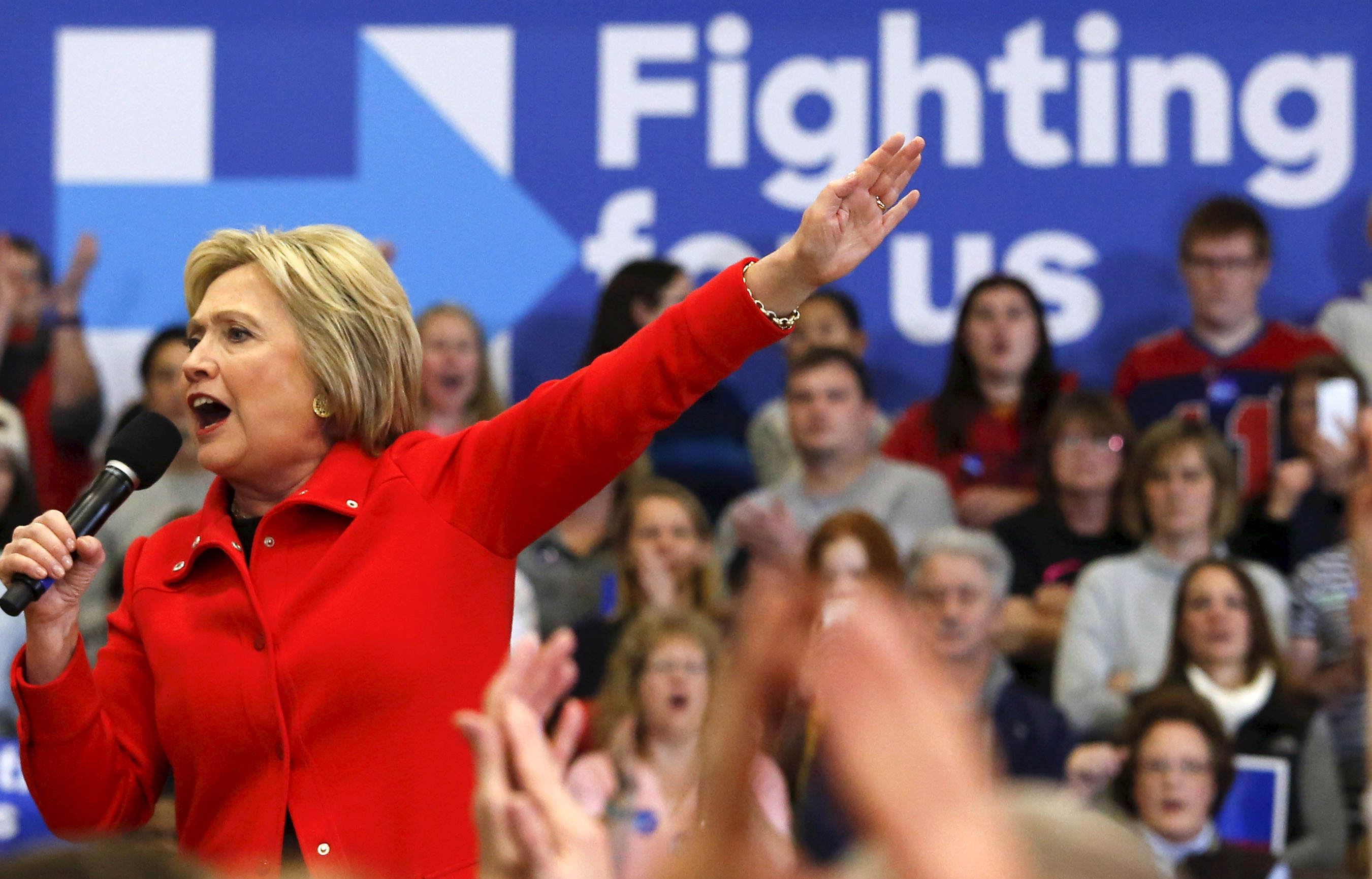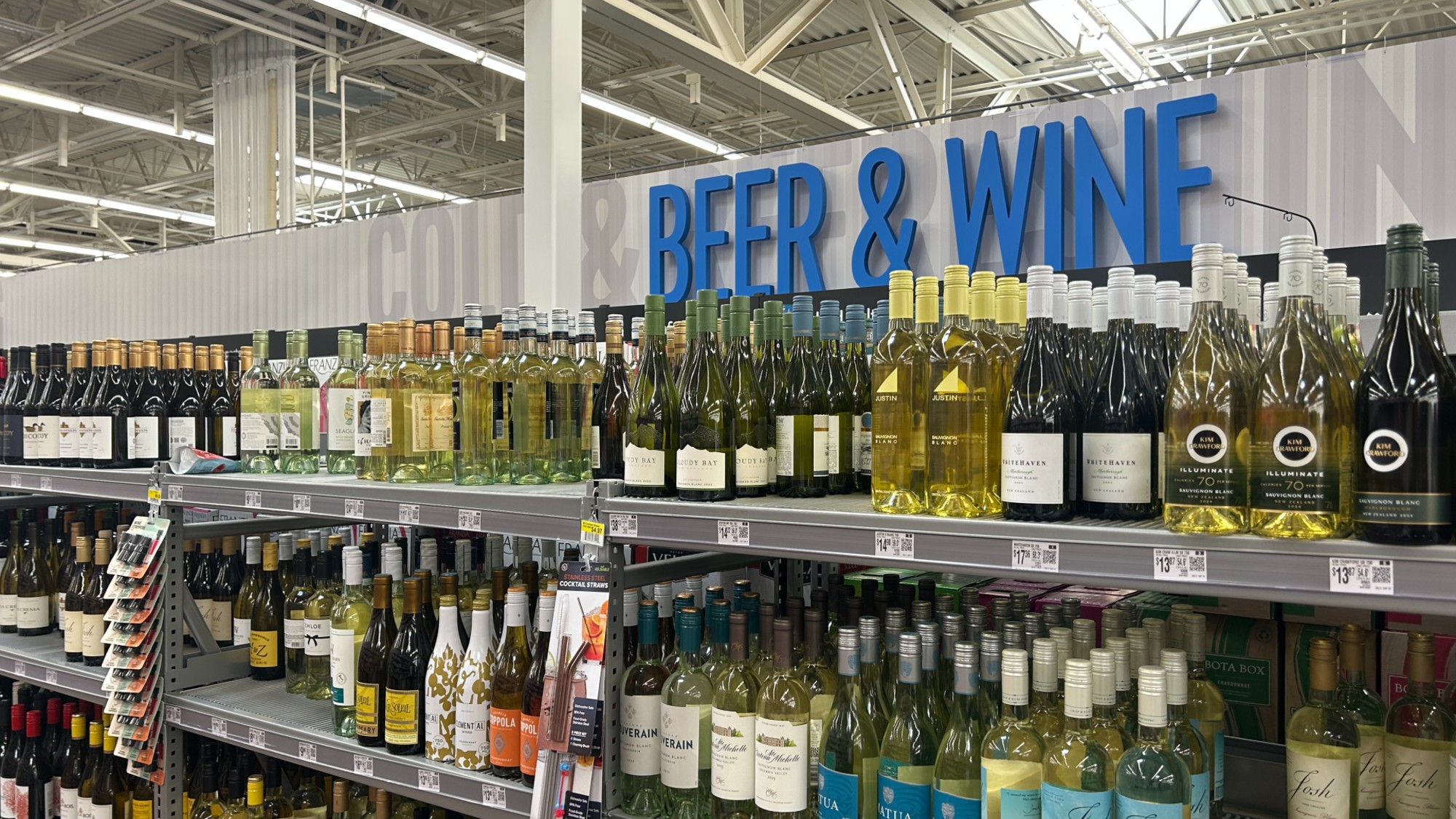How class could eventually remake the Democratic Party
Has Bernie Sanders fired the first shots in an intra-party war?


The Iowa results are in, and Hillary Clinton and Bernie Sanders finished in what was effectively a dead heat. (Clinton technically won by the slimmest of hairs.) And yet, as spirited as their competition has been, the Democrats' nomination race has seen nothing like the upheaval on the Republican side, where anti-establishment figures Ted Cruz and Donald Trump finished first and second in Iowa, respectively, with establishment-favorite Marco Rubio nipping at the latter's heels. Which raises the question: Why is the GOP facing an intra-party crisis right now, and not the Democratic Party?
The Democrats have held the White House for eight years, and the country remains frustrated and downcast. More than that, they're much more diverse — along every conceivable metric of class, race, gender, and religious identity — than the GOP. You'd think the Democrats would have a lot more potential ways to fracture.
To explain this, I think, you need to understand how the Democratic and Republican parties feed off one another right now. And you need to understand the one great divide in America that fundamentally shapes both coalitions: namely, class.
The Week
Escape your echo chamber. Get the facts behind the news, plus analysis from multiple perspectives.

Sign up for The Week's Free Newsletters
From our morning news briefing to a weekly Good News Newsletter, get the best of The Week delivered directly to your inbox.
From our morning news briefing to a weekly Good News Newsletter, get the best of The Week delivered directly to your inbox.
First off, it's the one divide across which the generally white, male, and older GOP is actually relatively diverse: an uneasy hodgepodge of working class, upper class, and business elite voters put together by the infamous "Southern strategy." The less privileged portion of that coalition is now revolting against the more privileged portion.
But it's also a revolt within a relatively small voter core. The combination of social conservatism plus economic conservatism is the smallest possible perch one can occupy in American politics, which in turn has consequences for the Democrats' coalition. They get all the upper class voters who can't stand the GOP's reactionary social values; all the women and minorities who can't stand the GOP's identity politics; and all the middle- and lower-class voters who can't stand the GOP's rightwing economic stances. Really, the Republicans shouldn't be a viable national party at all. But they are, thanks to the meager turnout of lower income Americans, and the GOP's identity politics and social stance, which attract most southern white working class voters.
But this also matters for what keeps the Democrats together. Black Americans, Latino Americans, women, and the young all have their various interests that the party speaks to, but leftist economics is really the one thing they all have in common. Upper class professionals are the one part of the Democrats' coalition driven primarily by their social liberalism, and tend to be more economically conservative. Yet the Democrats are not really an economically progressive party. By the standards of most advanced western nations, they're center-right. They're economically progressive mainly in the sense that they hold back the GOP's agenda.
The Democrats' reach may extend further down the class ladder, but like the GOP, they rely on their upper class and elite constituents to largely set the tone of the party.
A free daily email with the biggest news stories of the day – and the best features from TheWeek.com
All this has interesting consequences for where parties might go in the future. Let's say the Republican base keeps shrinking and sabotaging itself. What does the GOP do? Well, the structural design of our government naturally pushes us towards two parties and two parties only, so eventually they'll have to peel off some part of the Democratic coalition to rebuild their numbers. If they go for the upper class professionals, they'll have to moderate on social and identity issues. If they try to expand lower down the income distribution, they'll have to moderate on economics. Think of the GOP's potential future as Michael Bloomberg vs. Donald Trump.
And if the GOP is successful in cleaving off either of those tribes, the Democrats will have to make their own choice about how to keep their numbers up. If they don't, the Democrats' usual strength in presidential years could fail them, their state-level challenges could catch up with them, and they could be cast out into the political wilderness.
Either way, the Democrats could well be presented with the same choice: What side of the class divide do they double down on, and what side do they abandon?
This is where Bernie Sanders' revolt within the Democratic Party — which in many ways mirrors Trump's GOP revolt — comes into play. His thesis is that the Democrats need to go hard left on economics. So he's picked a few key class-based priorities — the minimum wage, campaign finance, single payer healthcare, and infrastructure investment — and proposed truly massive and aspirational goals. His idea isn't to moderate on social issues (though he doesn't play them up as much), since political science shows that while poorer voters are more socially conservative, they vote based on pocketbook issues.
His idea is to bring the Democrats' economic stances up to speed with the progress they've made on social and identity issues, and make them a genuinely economically leftist party again. This will lose them upper class and donor class votes. But so what? They'll solidify their support among black Americans, Latinos, and women; pull a lot of new working- and lower-class whites into the party; and leave a lot of poorer Americans who currently don't vote with the impression they've finally go something to vote for. Sanders' position isn't simply that this is the right thing to do. It's that reliance on economic populism specifically will set up the Democrats with far more durable majorities in the future.
By contrast, Hillary Clinton's approach is basically to preserve as long as possible the existing coalition — with its top-heavy reliance on upper class voters. She certainly isn't backsliding on economics: She has come down in favor of a $12 minimum wage and has ideas on campaign finance reform. But her incremental building on ObamaCare is paltry to put it mildly. And her approach to the economic issues in general is like her approach to everything else: lots of tinkering, but nothing super ambitious. She's also come out swinging on identity and social issues like access to abortion, voting rights, immigration and gender equality.
The differences between Clinton and Sanders are often chalked up to "theory of change" stuff, or idealism vs. practicality. Which isn't quite right. It's more about competing theories of what the Democratic coalition needs to become.
And if the results from Iowa are any indication, the Democratic Party is a long way from deciding which of them is right.
Jeff Spross was the economics and business correspondent at TheWeek.com. He was previously a reporter at ThinkProgress.
-
 Why is the Pentagon taking over the military’s independent newspaper?
Why is the Pentagon taking over the military’s independent newspaper?Today’s Big Question Stars and Stripes is published by the Defense Department but is editorially independent
-
 How Mars influences Earth’s climate
How Mars influences Earth’s climateThe explainer A pull in the right direction
-
 ‘The science is clear’
‘The science is clear’Instant Opinion Opinion, comment and editorials of the day
-
 The billionaires’ wealth tax: a catastrophe for California?
The billionaires’ wealth tax: a catastrophe for California?Talking Point Peter Thiel and Larry Page preparing to change state residency
-
 Bari Weiss’ ‘60 Minutes’ scandal is about more than one report
Bari Weiss’ ‘60 Minutes’ scandal is about more than one reportIN THE SPOTLIGHT By blocking an approved segment on a controversial prison holding US deportees in El Salvador, the editor-in-chief of CBS News has become the main story
-
 Has Zohran Mamdani shown the Democrats how to win again?
Has Zohran Mamdani shown the Democrats how to win again?Today’s Big Question New York City mayoral election touted as victory for left-wing populists but moderate centrist wins elsewhere present more complex path for Democratic Party
-
 Millions turn out for anti-Trump ‘No Kings’ rallies
Millions turn out for anti-Trump ‘No Kings’ ralliesSpeed Read An estimated 7 million people participated, 2 million more than at the first ‘No Kings’ protest in June
-
 Ghislaine Maxwell: angling for a Trump pardon
Ghislaine Maxwell: angling for a Trump pardonTalking Point Convicted sex trafficker's testimony could shed new light on president's links to Jeffrey Epstein
-
 The last words and final moments of 40 presidents
The last words and final moments of 40 presidentsThe Explainer Some are eloquent quotes worthy of the holders of the highest office in the nation, and others... aren't
-
 The JFK files: the truth at last?
The JFK files: the truth at last?In The Spotlight More than 64,000 previously classified documents relating the 1963 assassination of John F. Kennedy have been released by the Trump administration
-
 'Seriously, not literally': how should the world take Donald Trump?
'Seriously, not literally': how should the world take Donald Trump?Today's big question White House rhetoric and reality look likely to become increasingly blurred
